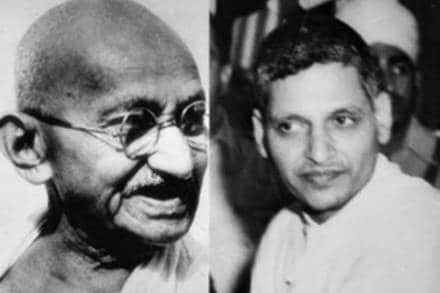Why Modi’s India Outshines Nehru’s Legacy: A Frank Assessment
Why Modi’s India Outshines Nehru’s Legacy: A Frank Assessment Introduction India’s journey as a modern nation has been shaped by leaders with starkly different ideologies. Jawaharlal Nehru, the country's first Prime Minister, laid a foundation rooted in socialist idealism and centralized planning. While he is often credited with steering India’s early years, his policies left the nation economically stagnant, militarily vulnerable, and culturally alienated. In contrast, Prime Minister Narendra Modi has dismantled outdated structures, fostered economic growth, and restored India's national pride. This post critically examines Nehru’s failures and Modi’s transformative leadership, explaining why Modi’s governance is better suited for a 21st-century India. 1. Economic Policy: Nehru’s Socialist Stagnation vs. Modi’s Growth Revolution Nehru’s Economic Blunders License Raj & Bureaucratic Gridlock: Nehru’s obsession with state control led to the License Raj, suffocating pr...






